
La Palma
Despite its small area, La Palma has a rugged geography that provides a remarkable diversity of microclimates and terroirs.
Lanzarote
Famous for its lunar-like landscapes and the product of repeated volcanic eruptions, Lanzarote is the easternmost island of the Canary archipelago.
Gran Canaria
Gran Canaria is an island that offers a seemingly infinite variety of landscapes, microclimates, and vegetation.
El Hierro
El Hierro is the most south-westerly island of the archipelago and owes its origins to volcanic eruptions that took place roughly a million years ago.
Tenerife
Tenerife is the most extensively planted island in the archipelago, with approximately 65% of all vines in the Canary Islands.
Fuertaventura
At over 20 million years old, Fuerteventura is the oldest island in the Canary archipelago and is located just 97 kilometers from the northwest coast of Africa.
La Gomera
La Gomera is a small mountainous island with a natural beauty that has earnt it recognition as a UNESCO Biosphere Reserve.
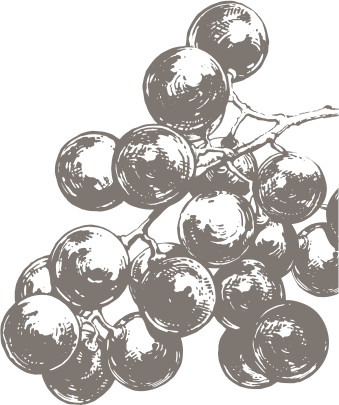
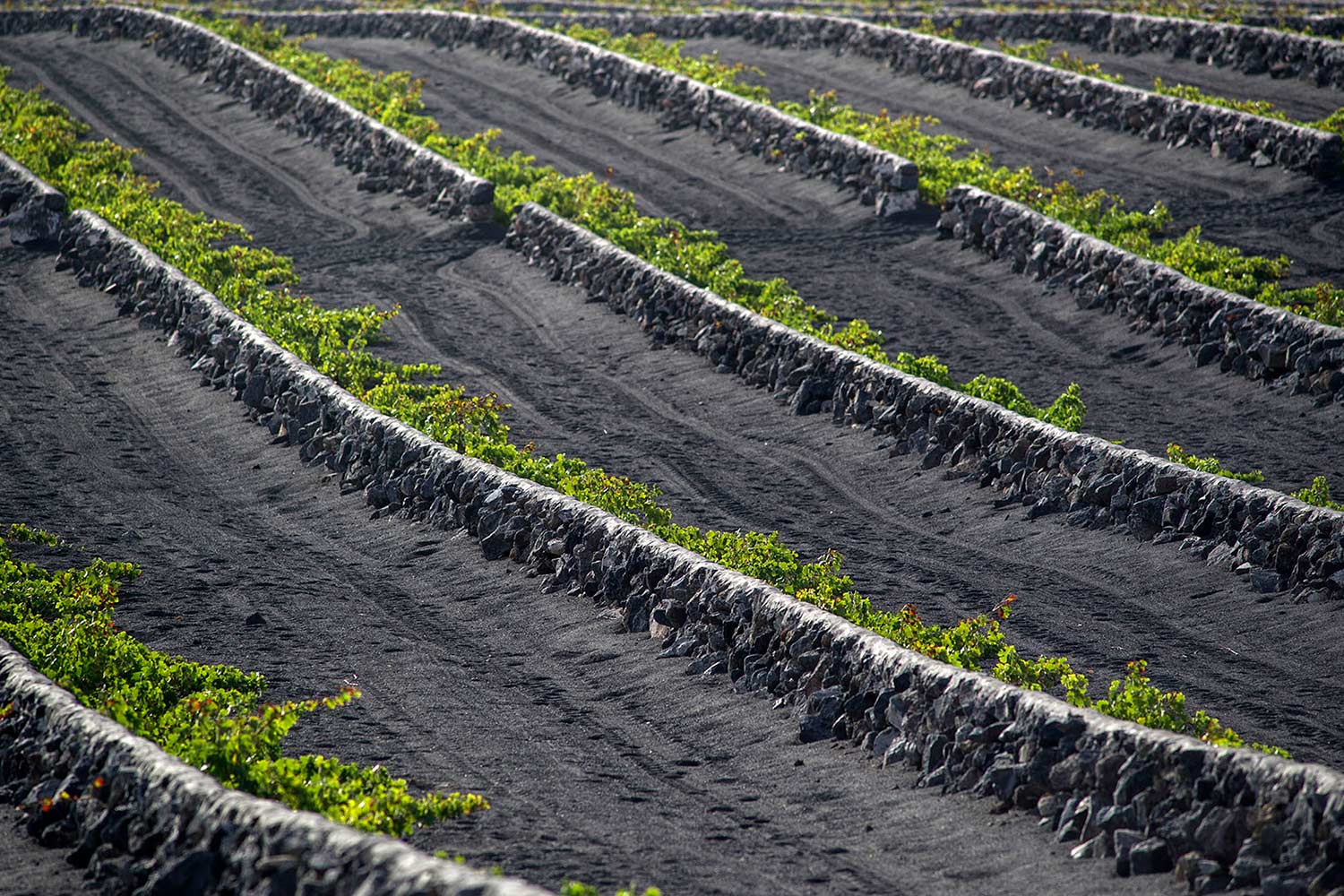
Lanzarote

Fuerteventura
At over 20 million years old, Fuerteventura is the oldest island in the Canary archipelago and is located just 97 kilometers from the northwest coast of Africa. Despite a glorious winemaking past, the scarcity of water on this island stifled progress in Fuerteventura. However, today a program of recovery and enhancement of its viticultural heritage is well underway.
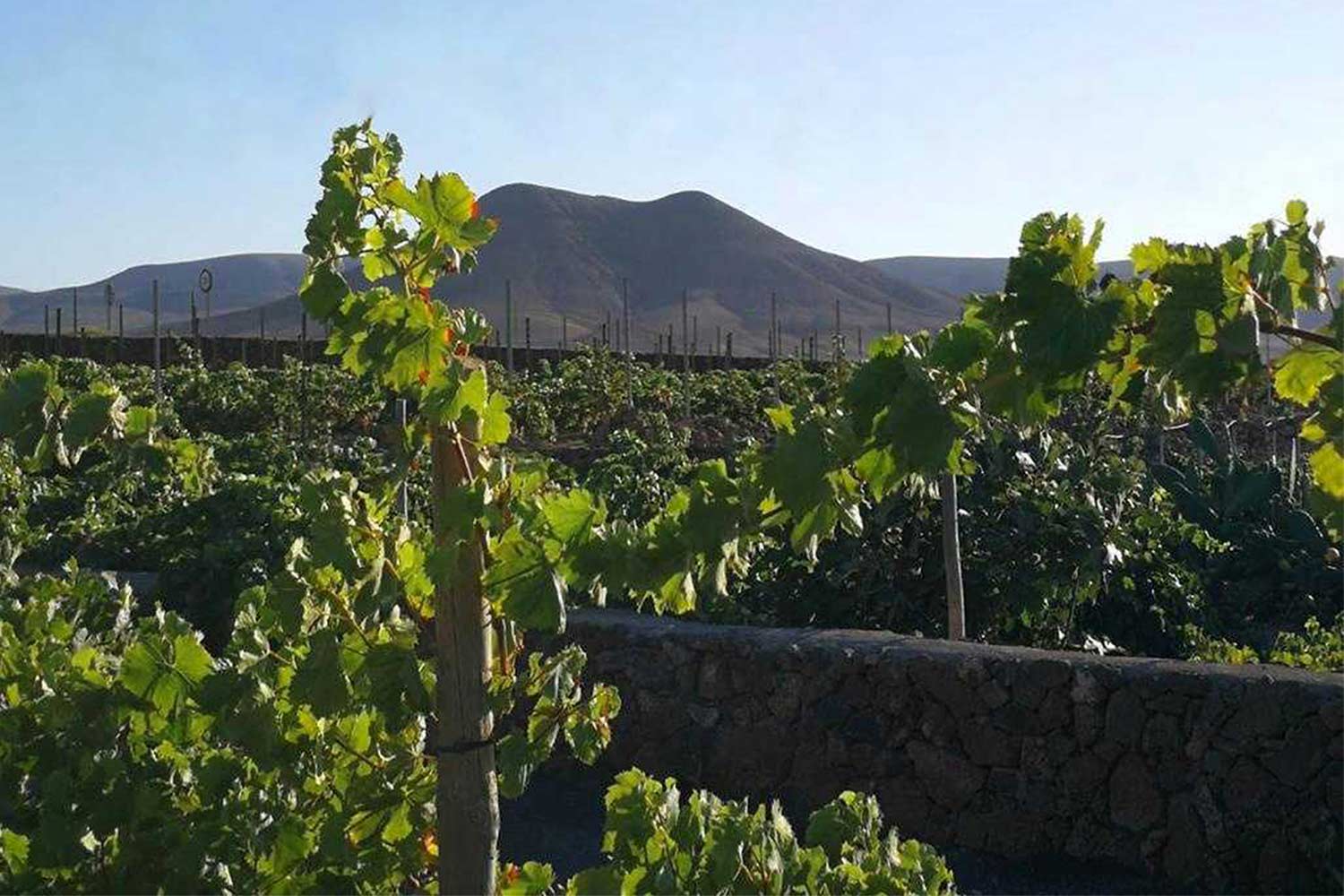
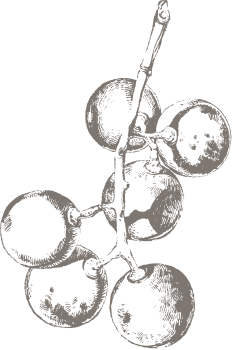
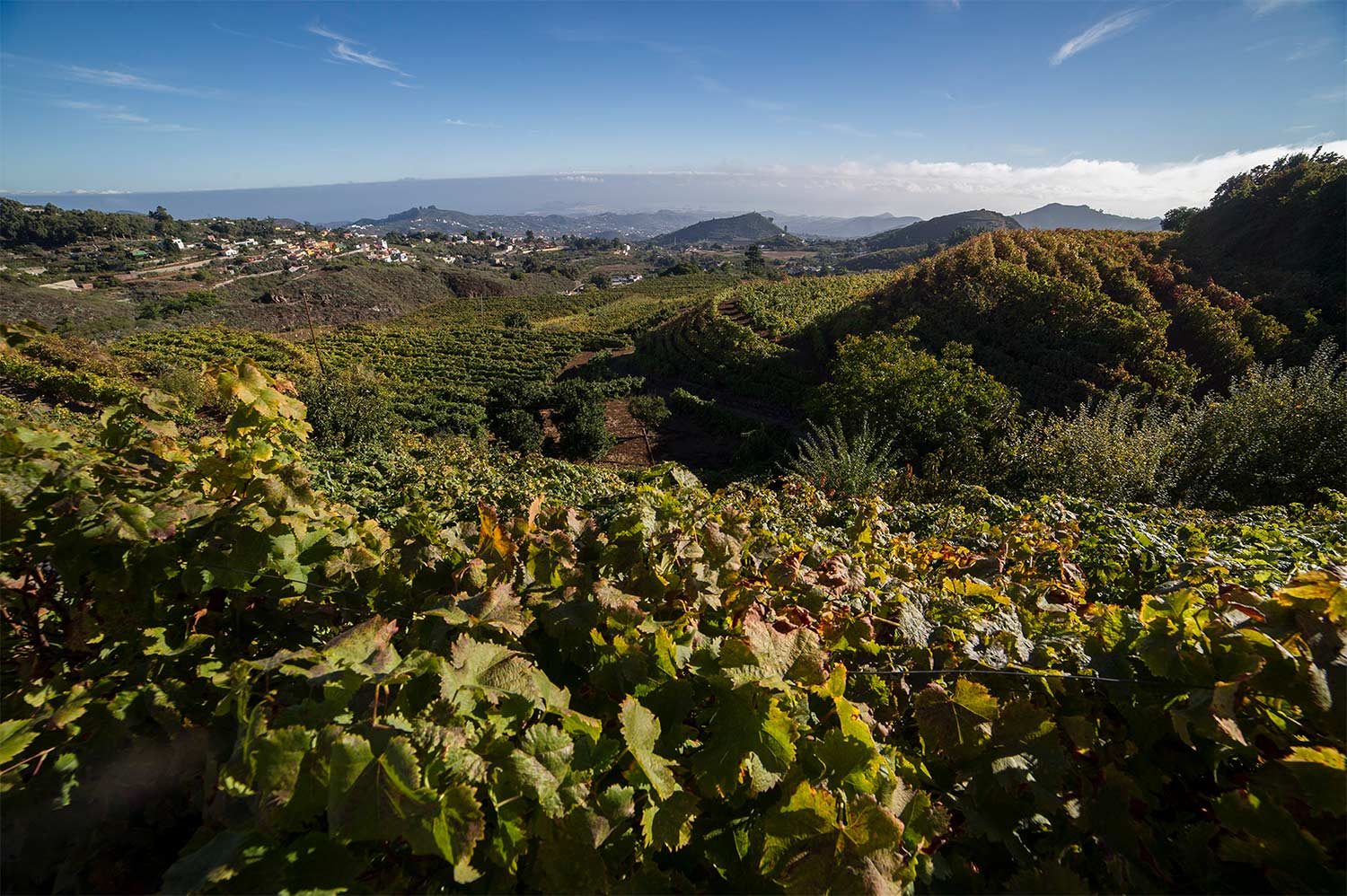
Gran Canaria
“The continent in miniature”. This is how Gran Canaria is popularly known; an island that offers a seemingly infinite variety of landscapes, microclimates, and vegetation. Viticulture began at the hands of the first Spanish settlers in the 15th century and even today, wine production still leans heavily on traditional methods and indigenous grape varieties.
La Palma
Despite its small area, La Palma has a rugged geography that provides a remarkable diversity of microclimates and terroirs. As for its viticulture, the island has 500 years of stories to tell, making it a living testimony of the importance of the Canary Islands for universal viticulture.
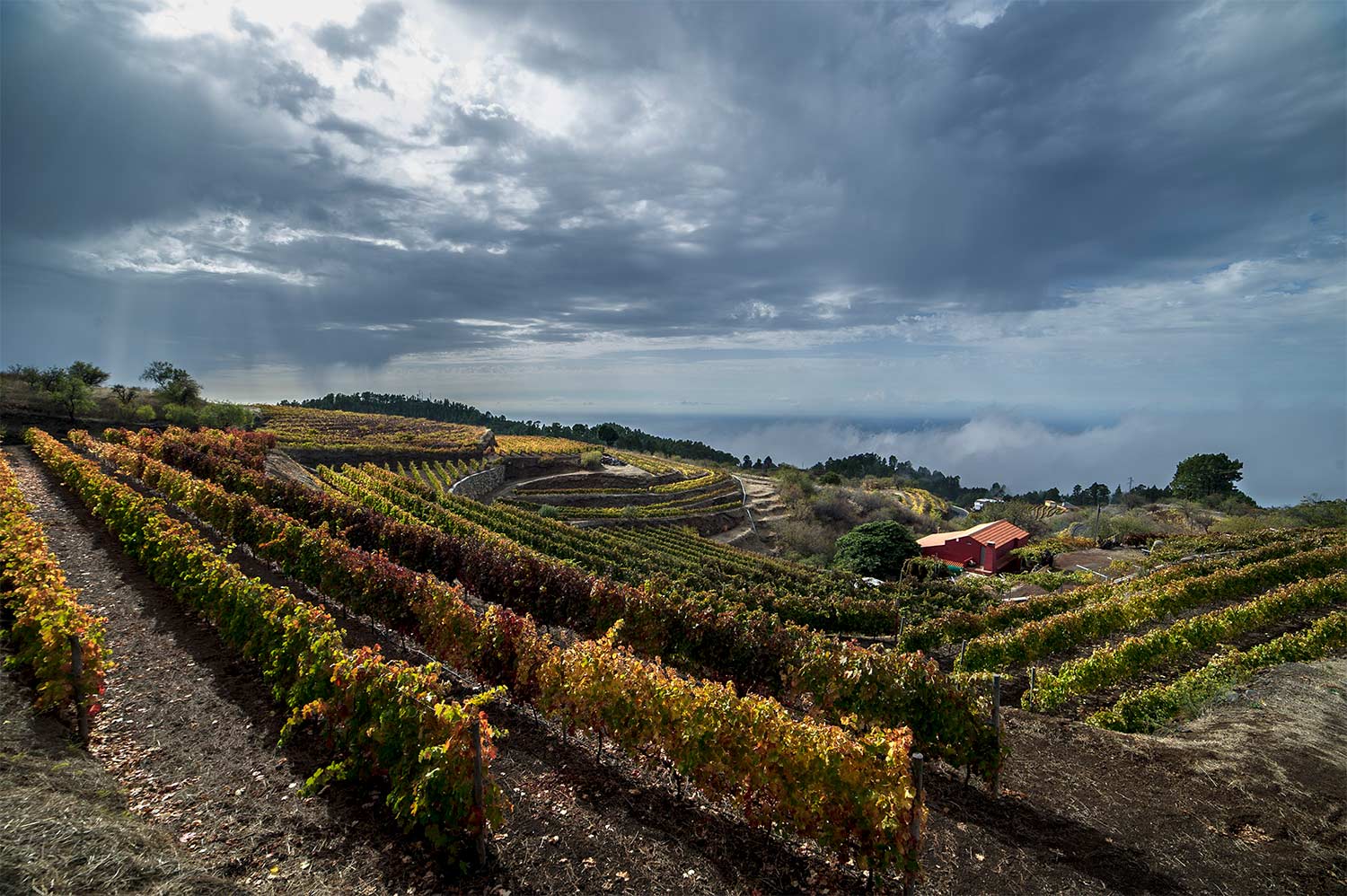
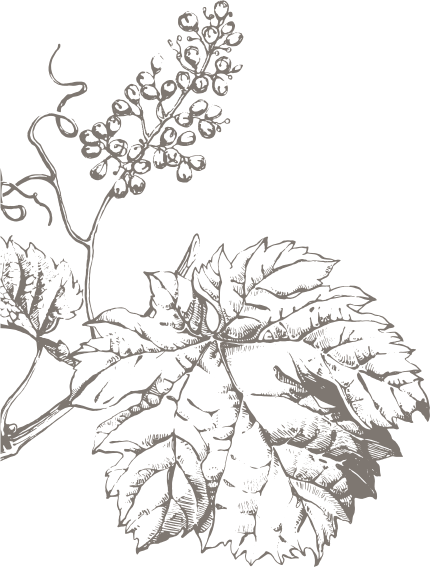
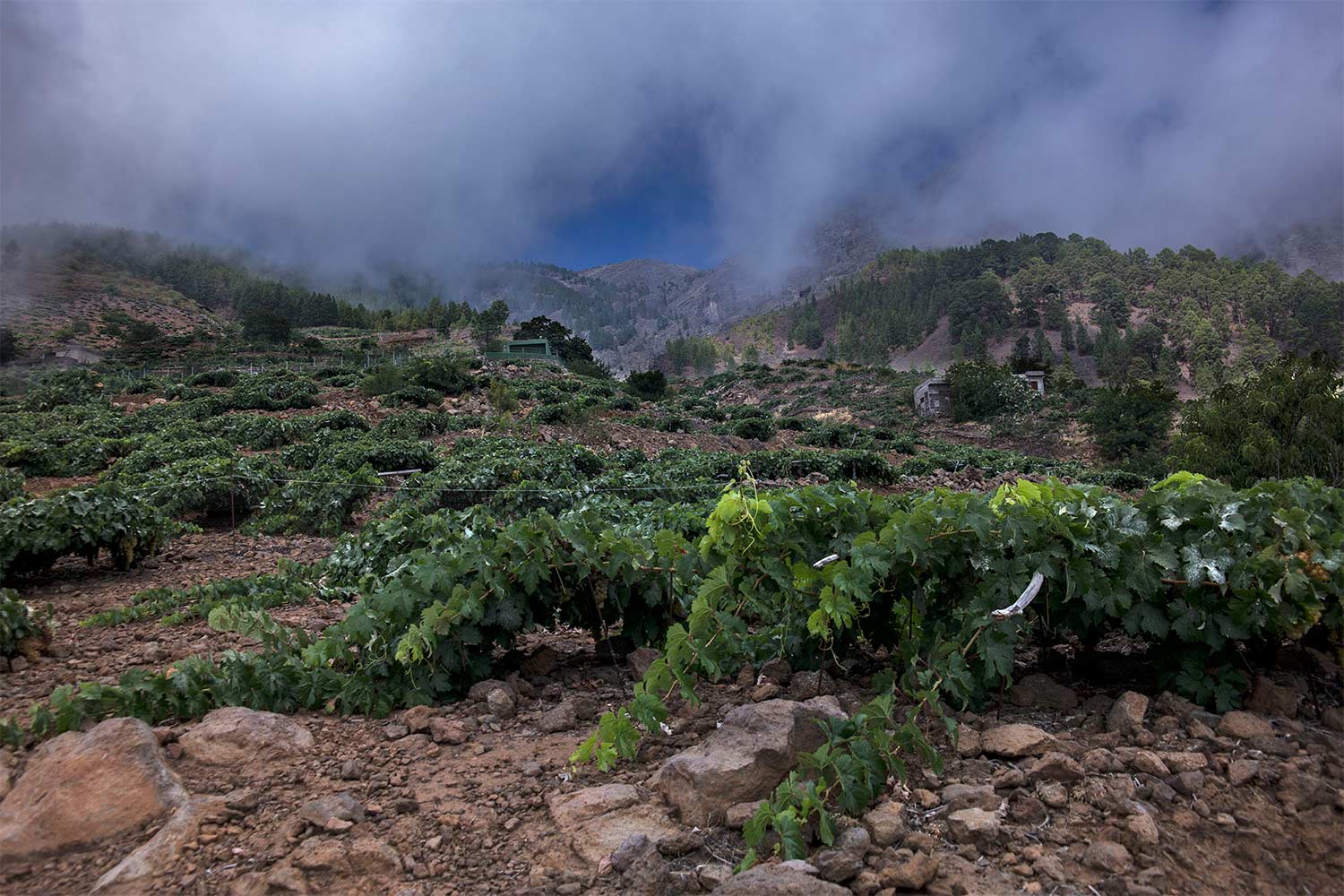
Tenerife
Tenerife is the most extensively planted island in the archipelago, with approximately 65% of all vines in the Canary Islands. The most surprising feature of Tenerife is the diversity of climates found here, with the complication that this can change even within a single region.

La Gomera
Located to the west of the archipelago, La Gomera is a small mountainous island with a natural beauty that has earnt it recognition as a UNESCO Biosphere Reserve. The terraced vineyards dug into the slopes of the mountains show the tenacity of the Gomeran wine growers.
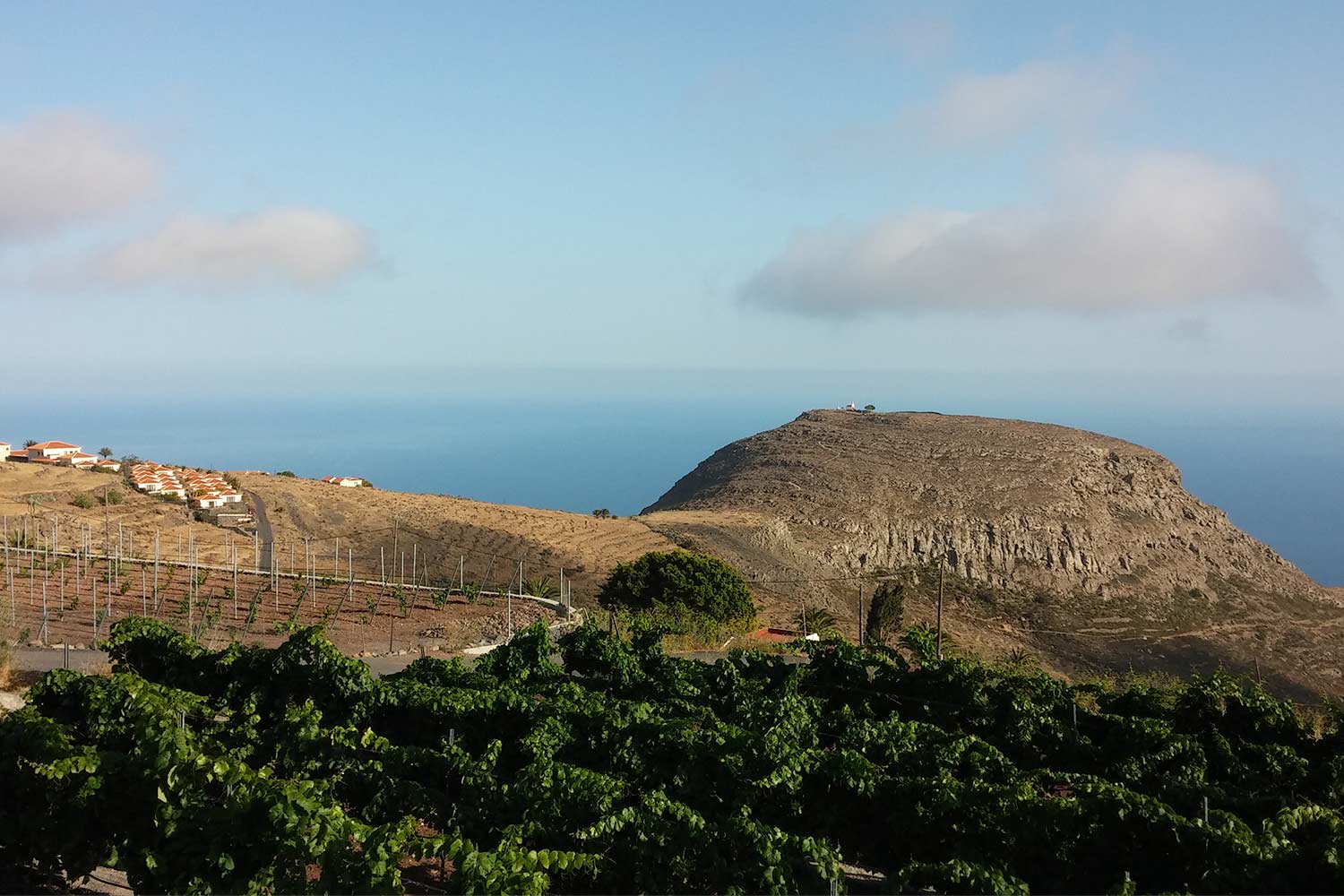
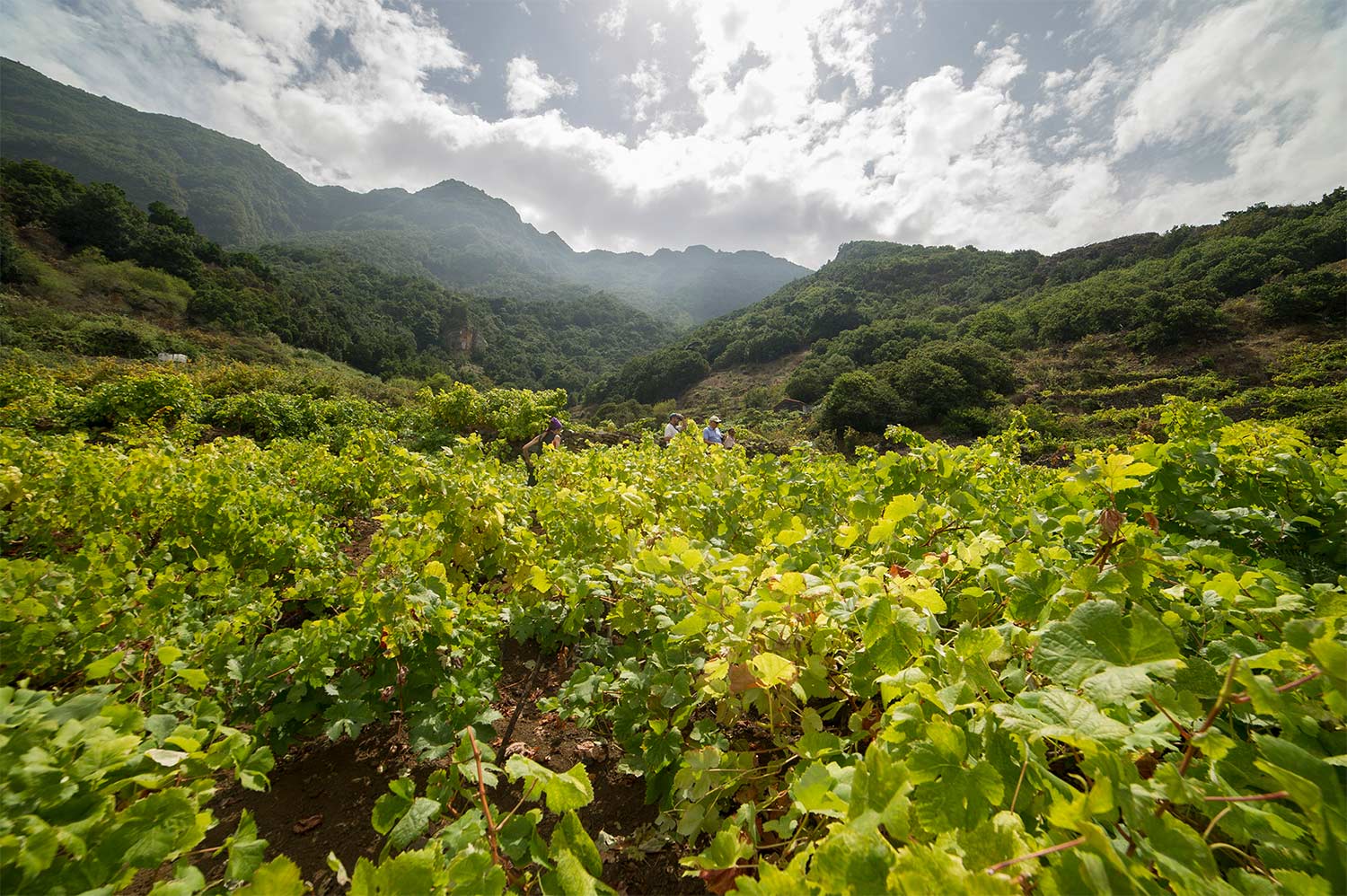
El Hierro
El Hierro is the most south-westerly island of the archipelago and owes its origins to volcanic eruptions that took place roughly a million years ago. It’s vineyards are a rich resource of indigenous grape varieties, and traditional viticultural practices are still common here.




| The management of the DOP ISLAS CANARIAS carried out by AVIBO is partially financed by the Government of the Canary Islands with funds from the expenditure budget of the Instituto Canario de Calidad Agroalimentaria |
 |
| Member of the Spanish Wine Federation |
 |
Copyright 2021 DOP Islas Canarias - Canary Wine - Aviso Legal - Política de Cookies - Política de Privacidad

